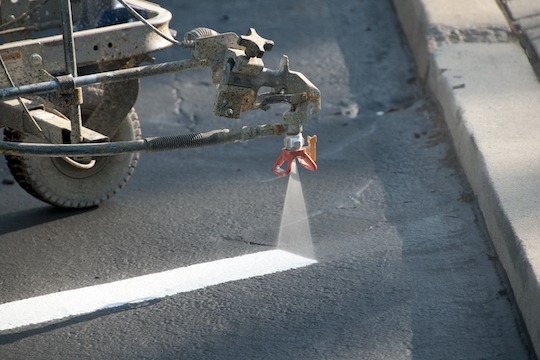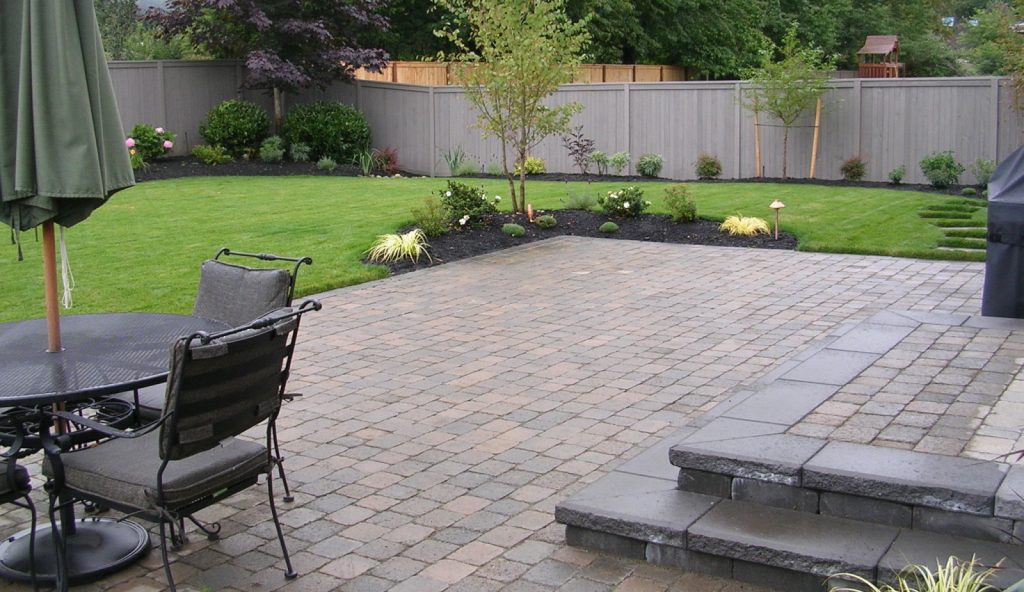It’s just a flat area on which you drive and walk, right? Actually, a commercial parking lot can attract or drive away customers, depending on its upkeep.
In architectural drawings of proposed commercial properties, the parking area at best is represented as a blank black area with some nice landscaping around it. The bulk of attention is on the structure itself.
But consider how parking in a shopping center, as an example, matters to the businesses there. If the parking is insufficient (always full), or in poor condition, it can deter customers who can’t find reasonably good parking. The building design itself means little if people avoid the business due to poor parking. Businesses in strip malls have been known to go out of business due to parking issues. It isn’t difficult for property managers to locate a good parking lot contractor.
If the parking lot’s pavement is in poor shape, it suggests the businesses there might not be doing so well either. But the truly worrisome problem with potholes and standing water – two of the bigger issues with poorly maintained commercial parking – is those things can result in trips and falls and vehicular accidents. And that can mean costly litigation.
Preventing each of these problems starts with good design. A parking lot that minimizes the walking distance from parking spots to commercial establishments is a priority. So too is landscaping that provides shade, good wayfinding (signage, including parking lot pavement arrows and other striping), and where water drainage is well managed.
It is also involves smart and regular maintenance of the lot by a professional commercial asphalt contractor. Elements of upkeep should include the following:
Rainwater drainage. When built to code a parking area should have the appropriate slope and drains to clear it of precipitation pretty quickly. That said, post –installation settling, clogged drains, as well as divots created by use (traffic) can create areas for water to puddle long after the rain stopped. Wherever there is standing water, there will be damage to the asphalt (potholes form when water undermines the subsurface). A pavement contractor can address this problem.
Oils and chemical fluids accumulations. Whether it’s from one vehicle that parks daily in the same spot and drips oil, or just an accumulation of oils and harsh fluids from traffic over time, those things can penetrate the asphalt surface and soften it. Over time, it dissolves the asphalt binder and loosens the aggregates; to prevent that, clean the area with detergent and then sealcoat it.
Question tree choices. Landscaping generally improves the value of land and the experience for parkers who would prefer to leave their cars in shade. But some species of trees have outward-reaching roots that can push through concrete and asphalt, damaging the pavement. Consult with an arborist to identify which tree species are best for the conditions around your parking lot (there are trees that are better suited for parking and sidewalk areas).
Sweep the lot regularly. Debris left in place can be both unsightly and damaging to pavement. Better yet, a power wash after one or two seasons can rid it of debris and oils.
Fix potholes and cracks. Any time there is a break in the pavement surface, it allows moisture to get in and undermine the subsurface. The sooner the better – sealcoating, patching, and filling are all means of closing those gaps.
Refresh your pavement striping. The cleaner the definitions, the better your lot visitors will be able to navigate and avoid accidents. Check with the latest updates on the Americans with Disabilities Act (click here) to stay in compliance with accessibility laws.
With good design and regular maintenance, customers of commercial establishments might never say anything in particular about the parking lot. They just know it’s a pleasant experience to park there – which is exactly what those businesses should want.


